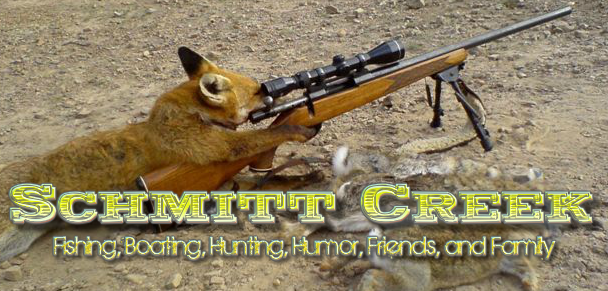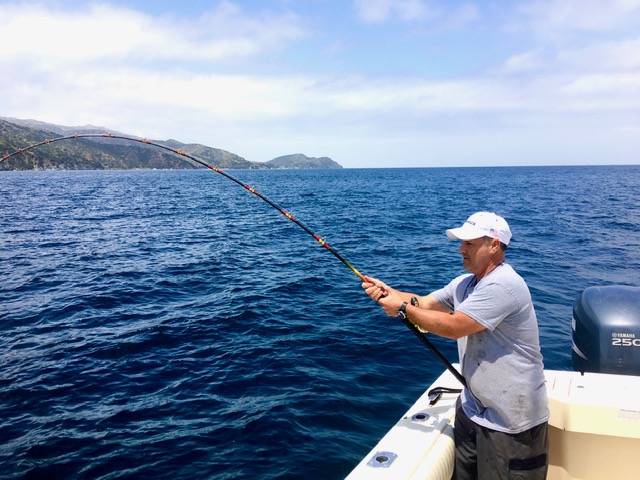This has certainly been a strange year and I hope this note finds all of you gentle readers safe and comfortable.
Before the pandemic hit the beach, we were fortunate enough to take a trip with family to our favorite ashram at Punta Bozo in February. We caught fish, waves and sun as we frolicked, oblivious to what lay ahead.
After what would prove to be our last restaurant experience on March 13th,
it was mostly just Wendy, Tommy, David and your reporter hunkered down at home with dogs who now think that we will never leave them alone.
The boys have grown like weeds and have adapted to life without high school culture or sports. Every day is a snow day. Wendy has been forced to deal with sharing the house all day with five males who just won't go away.
Our own sacrifice has been mostly one of inconvenience as opposed to mortal danger. One of the many realizations beyond toilet paper anxiety that your reporter has experienced is that the projects and personal betterment that this confinement might have inspired have been cast aside in favor of weight gain and whacky TV previously thought of as a waste of time. On the plus side, we seem for once to be living within our means, as my frivolous impulses have fewer outlets. WendyJo has laser-focused on trying to have decent, healthy meals, getting the right amount of exercise and reading good books to counterbalance my investment in a giant sloth life coach.
We did get outdoors with the dogs for some hiking with guns and other misadventures.
The girl's club got in a little camping before covid, but the young are so indestructible anyway.
Your narrator was selected by Secret Skipper as his covidmate for a few offshore getways that stocked the freezer and put some salt in our lungs.
The boys got out for a little rod and reel crab fishing off the Half Moon Bay jetty at Thanksgiving. This legal specimen received a proxy pardon for the turkey that escaped to Isaac's Oakland tenement convincingly disguised as leftovers.
Isaac auditioned for the Musical "Florence of Arabia", but production was cut short by the shelter in place order in the spring. If only the producers had waited until the coast was totally clear in the summer, this would be a poster on Broadway.
These restrictions have certainly shined a light on the level of sacrifice that some Americans are willing to make for the sake of their most vulnerable fellow citizens, from the brave and tireless health care workers providing comfort for elders dying in isolation, to the mask-burning freedom fighters baying for their God-given right to server-provided cocktails on the San Clemente pier.
Covid has certainly made us aware of the countless services people perform for our society that have previously gone underappreciated. Perhaps we will keep these things in mind when circumstances improve and we have a chance to show our gratitude in person.
Wendy and Jenni took off their masks long enough to let me photograph them doing their part to get out the vote and avoid amputating the electorate to install a ruler.
This pandemic has made bedside goodbyes an unavailable emotional luxury and put our ability to honor our dead in suspended animation. Weddings and funerals have been postponed, but funerals outrank weddings in our world of reasons for gathering.
The local community also lost our beloved Pigrim, icon of Dana Point. Who could have known that an ancient wooden ship would be hard to keep afloat without maintenance? It was on life support too long with the triage of shipwrights perfoming an ancient art, waiting for an appointment with a drydock shipyard that was postponed one time too many as the economy closed off and priorities were reshuffled.
Once again, there is a reason for hope as we face down the darkness that still envelopes us and work together to share an expanding light to the tune of Optimistic Voices:
We're out of the woods,
We're out of the dark,
We're out of the night.
Step into the Sun,
Step into the light!
May all of you and your loved ones, along with those we do not know, stay warm and safe as we look toward a brighter year than the one that still stubbornly beckons from our wake.
Getting through these difficult times together helps us appreciate all that we have and certainly serves as a reminder that
These Are The Days.
























































